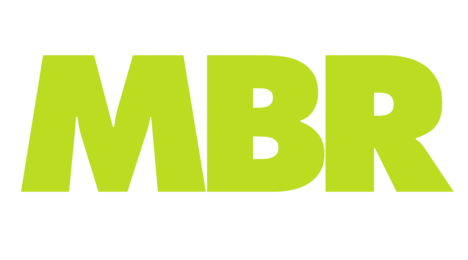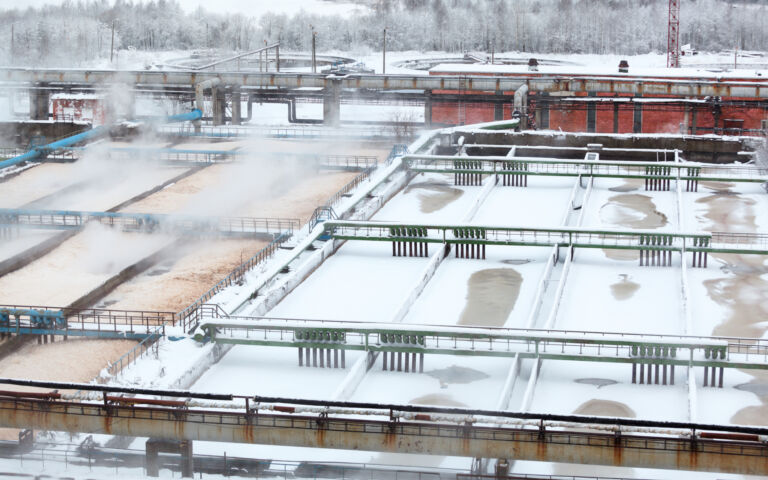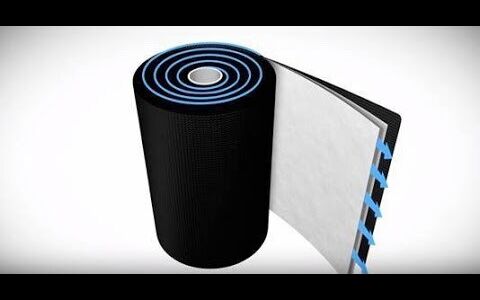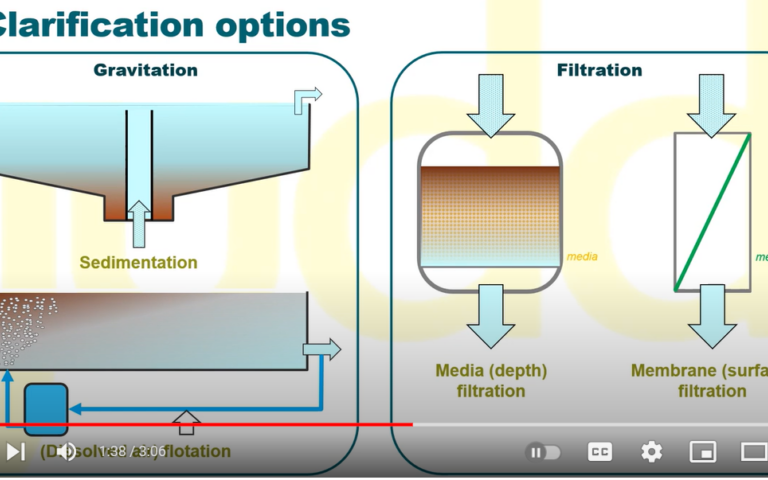Systems integration: Putting it all together


Simon Judd outlines the stakeholders and processes involved in putting together a wastewater treatment plant
Judd Water & Wastewater Consultants
Email: simon@juddwater.com
1. What is a systems integrator?
The installation of water or wastewater treatment plant often encompasses a number of different products and services providers, regardless of whether the project is based on a new site or is a modification/retrofit of an existing one. As a result, the efforts of the various contractors and suppliers nearly always needs to be co-ordinated somehow.
A key practical task associated with all this is the connection of the various components and unit operations in a way which allows them all to be centrally controlled. The individual unit processes or pieces of equipment − which can collectively be referred to as subsystems − will usually come with their own electrical control system to regulate their autonomous operation. The design and implementation of a centralised unit which permits control of the complete multi-step process, so ensuring robust functioning of the process as a whole, is the job of the systems integrator (SI). The SI is responsible for linking the individual control systems, as well as the commissioning and start-up of the installed plant.
For a number of reasons, this can be a challenging and a complicated task. Firstly, the sheer number of stakeholders involved, each having different remits or responsibilities (Fig. 1), can be daunting. Moreover, the scope of supply for the technology providers usually differs according to the feed and treated water qualities expected or stipulated for each stage of the treatment process.
The systems integrator team must work closely with multiple entities to ensure the entire capital project is successfully completed. This includes everything from unpicking the electrical control elements of the individual subsystems, to liaising with the prospective plant operators and managing the expectations of the client.
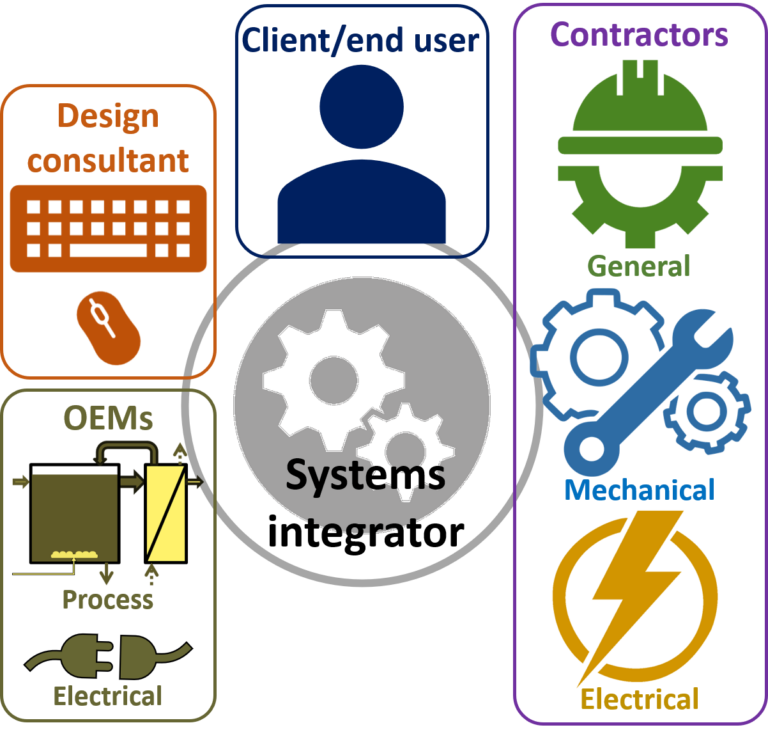
2. Original equipment manufacturers (OEMs)
The suppliers of individual process technologies are usually referred to as original equipment manufacturers (OEMs). This term applies whether or not the OEM is the owner of the original equipment or else is acting as a vendor for another supplier’s product. They may possibly be adding value to the product through some means (in which case they are termed a value-added reseller, or VAR, see Table 1). In the context of water and wastewater treatment process implementation, the OEMs can be categorised as suppliers of:
- the process technology equipment itself, or
- the supplementary electrical equipment components.
| Abbreviation or term | Meaning | Definition |
|---|---|---|
| DCS | Distributed control system | Control of the installation using individual control elements distributed throughout the plant to provide commands to separate pieces of equipment |
| EPC | Engineering, procurement, & construction | Contractor responsible for delivering the complete project, including all contractor elements, based on a pre-identified design |
| FAT | Factory acceptance test | Ex-situ testing of components under controlled conditions to verify that they meet pre-set requirements |
| HMI | Human-machine interface | Device, usually a touch-sensitive monitor, which permits interaction with the control system |
| I/O | Input/output | Communication between information processing system (e.g. a computer) and external information processing systems or person |
| M&E | Mechanical & electrical | Contractor responsible for all elements of the mechanical and electrical aspects of the project |
| MEICA | Mechanical, electrical, instrumentation, controls & automation | Contractor responsible for all elements of the mechanical and electrical aspects of the project, including process control and instrumentation |
| OEM | Original equipment manufacturer | Company providing the unit process technology or equipment |
| PLC | Programmable logic controller | Electronic device for centrally monitoring and controlling the individual pieces of equipment installed throughout the plant. |
| SI | Systems integrator | Contractor responsible for ensuring all the individual elements of the build operate cohesively and consistently |
| Turn-key | − | Ready-to-go (plug-and-play) packages which are easily deployed/implemented without modification |
| VAR | Value-added reseller | Company which adds features or services to an existing product before reselling it as an integrated product or complete turn-key solution. |
3. Systems integration and commissioning
The critical relationship in any capital project is that between the SI and the electrical and process equipment OEMs during installation and commissioning. In principle, most of the issues should be discussed off site prior to the commissioning stage during the process design and development by the design consultant and the OEM, where the latter is responsible for the factory-based equipment fabrication and testing (FAT).
There are then further site-based checks during assembly/construction by the various contractors (Table 1). In reality, for larger projects with multiple components, the risk of discrepancies in technical or sub-project scope specification becomes significant. Subsequent testing and resolution of such issues is therefore only possible during start-up, under the actual prevailing plant operating conditions, once all elements are installed in place and inter-connected. Resolution at this stage is invariably more complicated than during the prior stages, with the challenges compounded by the fact that commissioning is also subject to time constraints.
So, for the SI, the primary tasks can only be commenced once construction (i.e. on-site assembly of all the individual elements) of the build is completed. It is nonetheless expected for such tasks to be fully completed as rapidly as possible to allow the process to become fully operational.
3.1 Commissioning
There are essentially two stages of commissioning. In the first stage, the control signal to each piece of equipment is verified to ensure the equipment can be monitored and commanded/controlled. The second stage, most often referred to as start-up, refers to the functional operation of the individual pieces of equipment (i.e. actually switching them on), first in isolation and subsequently collectively as the complete process treatment scheme.
Systems integration primarily concerns the production of a centralised automation system control platform, based on either:
- one or more programmable logic controllers (PLCs) or
- distributed control systems (DCSs)
for controlling the individual unit operations of the plant.
The latter normally have their own specific control equipment, communicating with sensors (or field devices) measuring key operating parameters such as pressure, flow, concentration and temperature, which then have to be integrated with the overall control system. Manifestation of the overall control system is via the control room human-machine interface (HMI) computers and equipment-based interface terminals. The communication and control interfaces should ideally be fully tested in the factory (factory acceptance test, FAT), but these connections can sometimes only practically be implemented and tested in situ.
The installed connections can be either of the classic hardwired input/output (I/O) type (i.e. on/off and 4−20 mA analogue signals) or based on digital networks. The latter are simpler to connect but more difficult to diagnose when something goes wrong. In both cases the SI must engage both with the electrical contractor and the OEM supplier in verifying that all communications are functioning as they should.
Following this first step, start-up of the plant demands input from both the OEMs and process design engineers to establish the correct order of equipment initiation for safe operation. These parties have the appropriate understanding of the workings of the field devices and related equipment, and how they should interact with the overall automation system implemented by the SI. Communication between all stakeholders at this stage is crucial if significant mismatches and errors at the boundary interfaces are to be avoided.
4. Engaging the OEMs
4.1 Electrical OEMs
Electrical OEMs supply electrical components (Table 2) to one or more contractors on a project. A critical task of the SI, therefore, is to ensure that these subsystems can communicate with both the mechanical equipment and the overall control system. This may include monitoring power generation and distribution equipment but these often have controls and interlocking systems which require verification of proper operation, and this is usually conducted by the electrical OEM.
The SI, on the other hand, would instead usually focus on utilisation equipment such as automated motor control centres (MCCs), variable frequency drive (VFD) motors, and uninterruptible power supply (UPS) components (Table 2). These components are often intelligent devices, sometimes with onboard controls and network communication. The SI must then ensure that the connections for these components are compatible with the main control system.
| Generation/distribution | Utilisation |
|---|---|
| Switchgear | Motor control centres (MCCs) |
| Transformers | Variable frequency drives (VFDs) |
| Generators | Uninterruptible power supplies (UPSs) |
| Panel boards |
While power distribution design is usually relatively simple, it becomes more complicated in terms of the stakeholder involvement when automation is included. For example, basic motor automation may encompass detailed design, process equipment, sensors and controls provided by a combination of the process equipment supplier, the electrical contractor and the SI.
Once the above checks have been completed, commissioning of the electrical equipment can take place to establish its proper functioning and communication with the overall automation system. This requires checking of the scaling of I/O signals and adjusting/selecting the settings and operational modes of all intelligent devices to ensure their correct application.
4.2 Unit process technology OEMs
The integration of unit process technologies with the overall automation system presents similar challenges to those relating to the electrical OEM equipment. The unit processes are essentially made up of skid-mounted equipment which may encompass either a single process element, such as pumps, blowers or arrays of membrane modules or UV tubes, or the complete unit process. The breakdown of the unit process into skids is often dictated by transportation constraints: very large plants may require a number of skids to provide a single unit process step or function. These then require assembly and interconnection on site. Smaller-capacity units may all fit on a single skid as a self-contained unit.
Differing levels of onboard control may be fitted. Some skid-mounted equipment may be fitted with comprehensive onboard controls, whereas others may be procured and delivered with no process instrumentation and control. In such cases control and automation components must be installed on site.
Whereas electrical equipment is mostly evaluated for simple functionality (on/off, open/close, start/stop, etc), process equipment tends to require more extensive or complicated automated sequences. In the case of solid−liquid separation processes, such as media and membrane filtration, these include backflushing and/or chemical cleaning based either on a fixed operating period or actuated by some threshold pressure. The equipment will have been fitted with control packages associated with these operations, which may then have a simple enable/disable interface for hardwired connection to the main automation system. Even so, operational parameters may need to be determined, set and tested – requiring input from the OEM suppliers during start-up to provide advice on the settings for sustainable process operation.
The extent of the challenge increases when there are a large number of pieces of process equipment from different suppliers that must interact with each other. In the case of an MBR, the membrane process skids are normally provided from a specialist supplier, separately from the biological process equipment which is downstream of the preliminary treatment stage (Fig. 2). For large plants, the latter will often include both screening and degritting. Also, UV irradiation may be installed downstream of the MBR, which again would usually be provided by a specialist OEM. There may therefore be as many as five process OEMs involved for the primary flow, and possibly more for sludge processing, whose equipment must be controlled by a single overall automation system provided by the SI. There are therefore significant compatibility issues that must be addressed at the design stage, requiring that the OEM process engineers and the end client’s operation team all work with the SI to ensure successful implementation.
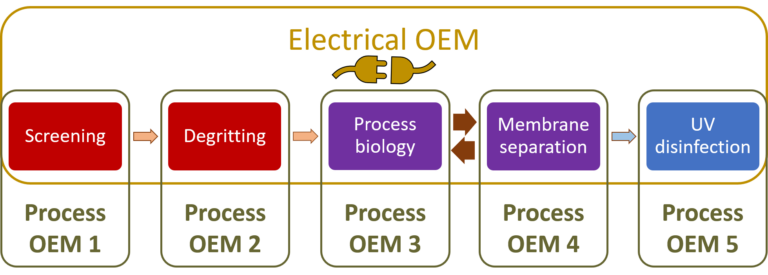
4.3 Automation issues
Beyond the electrical and process OEM equipment integration issues, other challenges may arise concerning the automation design or control platform. These include sundry things relating to the control hardware, software and field instrumentation, such as instrument and device wiring (grounding and signal isolation), automation system components installation and wiring, closed-loop functionality, HMI software and the overall automation system functionality. In addition, the training of the operational personnel prior to handover may be within the remit of the SI.
For any one area of operation, a formal and rigorously applied test protocol is necessary for testing and checking along with documentation to log the outcomes. The SI is usually responsible for the selection of all key elements relating to the overall control system, such as selection of the hardware/software, devices and instruments, and design for the control panel and wiring. The electrical contractor is responsible for other 'field' wiring (mains supply, inter equipment items/components, etc). Various OEM vendors are responsible for their own equipment and devices, and the process engineer responsible for functional design.
With such a large number of stakeholders with differing motivations and/or remits, rigidly defined and applied protocols and recording are crucial in the event of any single malfunction. Ultimately, though, the rapid identification of the root cause, and its subsequent rectification, relies on a team-based culture and cooperation between all parties involved.
5. Conclusion
Large capital projects involving significant levels of process automation, such as with many large wastewater treatment projects, encompass a number of different stakeholders contributing different components and/or services to the overall project. Given the large number of elements and the requirement for these to be integrated into a single process treatment scheme, it is almost inevitable that some challenges can persist beyond the construction phase and still require addressing during commissioning and start-up, regardless of the rigour with which all elements are predesigned to a clearly defined specification. The task of meeting such challenges normally falls upon the systems integrator, since the SI is best qualified and positioned to diagnose, detect and solve problems relating to the integration of multiple subsystems. As such, early involvement of the SI in the design and construction is likely to reduce the risk of such problems arising.





